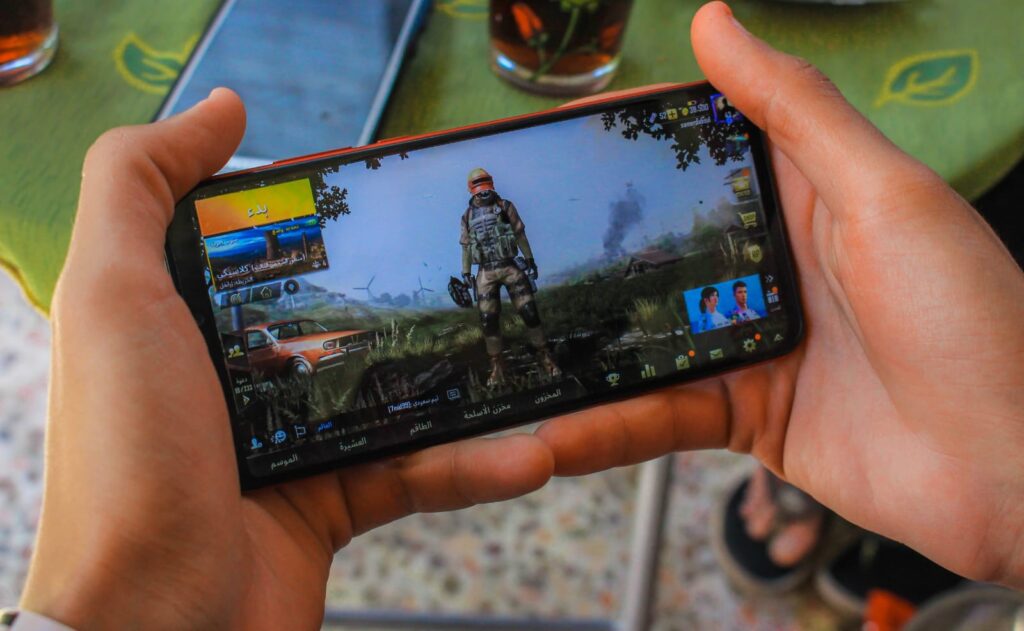From Classrooms to Cyberspace: Exploring India’s Youth in the Digital Era

“As the dust of the COVID-19 pandemic settled, schools welcomed back students to their classrooms. Yet, in the wake of this transition, a digital revolution was unfolding among India’s urban youth. A recent survey by LocalCircles has illuminated a captivating trend – a surge in leisurely internet indulgence among Indian youngsters. These tech-savvy souls, aged 9 to 18, have discovered a new world within their screens, where music serenades, videos dance, social connections thrive, and virtual battles ensue. But this digital odyssey isn’t all sunshine; it’s cast a shadow of addiction.
The consequences of this digital love affair are multifaceted, painting a portrait of impatience, aggression, concentration woes, memory lapses, physical discomfort, stress, communication hiccups, lethargy, and even melancholy. Parents, navigating this uncharted digital terrain alongside their children, often find themselves in the dark about the specific apps and platforms their offspring frequent.
Enter a nationwide survey, a beacon of insight into the concerns of urban Indian parents. Over 46,000 parents from 296 districts across the country lent their voices to this chorus of curiosity. Genderbalanced, with 62% male and 38% female respondents, this diverse group hailed from different tiers of districts – 47% from tier 1, 35% from tier 2, and 18% from tiers 3 and 4.
This survey embarked on a quest to explore the daily digital diet of India’s 9-17-year-olds, encompassing the realms of social media, OTT content, and online gaming. Among the 11,507 responses, a resounding 61% of parents revealed that their children dedicated an average of 3 hours or more daily to these digital domains. The breakdown unveiled a spectrum – 39% reported 1-3 hours, 46% indicated 3-6 hours, and 15% confessed to indulging for over 6 hours. Remarkably, none reported a complete abstinence from the online realm.
The survey delved deeper into the preferred digital playgrounds of these young netizens. From the 12,017 respondents, 37% pointed to video streaming services (the likes of YouTube, Prime Video, Netflix, Hotstar) as the primary attraction, while 35% showcased social media platforms (Instagram, WhatsApp, Snapchat), and 33% highlighted the allure of online gaming (including popular titles like Minecraft, PUBG, Fortnite, Among Us, FIFA, and Fantasy Sports). A select 10% opted for “other online activities,” while 2% remained uncertain. Interestingly, a modest 8% of parents claimed that their children resisted the allure of these digital temptations altogether.
Furthermore, parents were invited to narrate the emotional and mental impact of social media, video streaming, and online gaming on their children. Among the 11,697 respondents, tales of aggression (39%), impatience (37%), lethargy (27%), hyperactivity (25%), and even glimpses of melancholy (22%) emerged. Amidst these shadows, beams of positivity shone through; approximately 10% of parents observed that their children had become more sociable, while 8% celebrated newfound happiness. In contrast, a mere 2% suggested their children remained unscathed.
Finally, the survey navigated the seas of parental consent for children under 18 to access social media, OTT video, and online gaming. A striking 73% of the 11,798 responses championed the importance of parental permission. In contrast, 13% proposed setting the minimum age for independent access at 15 years, while 9% advocated retaining the age at 13 for unsupervised access.”
In this evolving digital landscape, the survey becomes a compass, helping parents chart a course for their children’s online journey, as they grapple with the blend of opportunities and challenges that this digital age presents.
